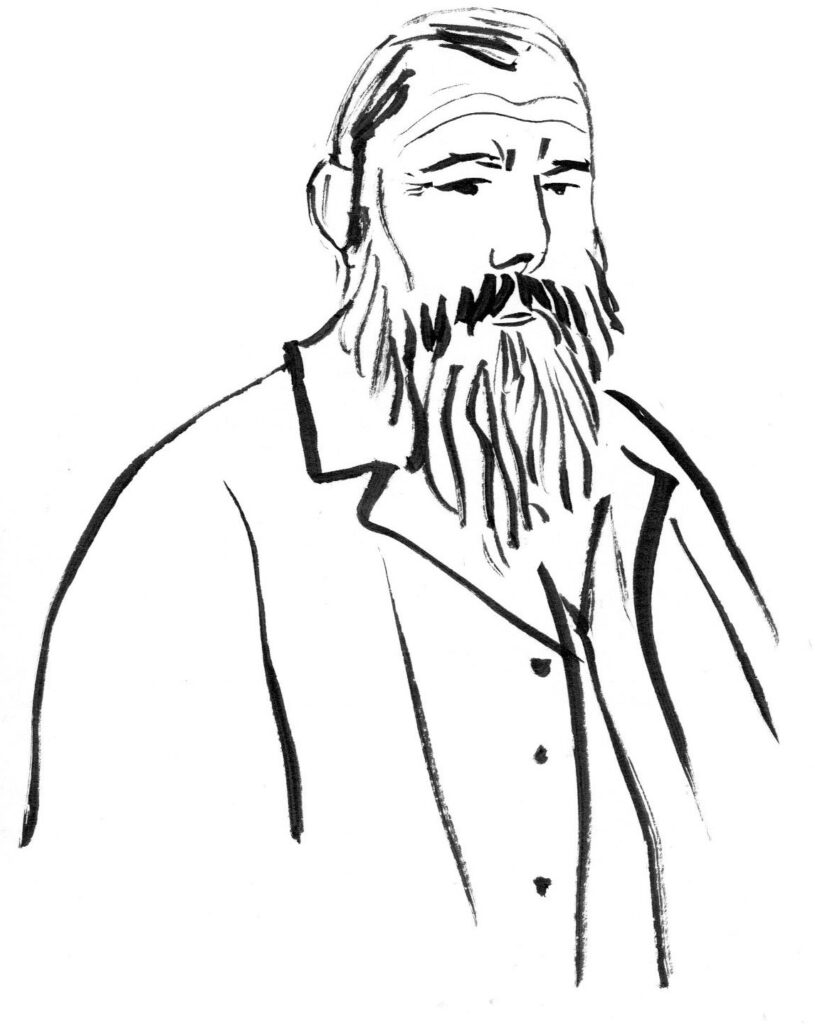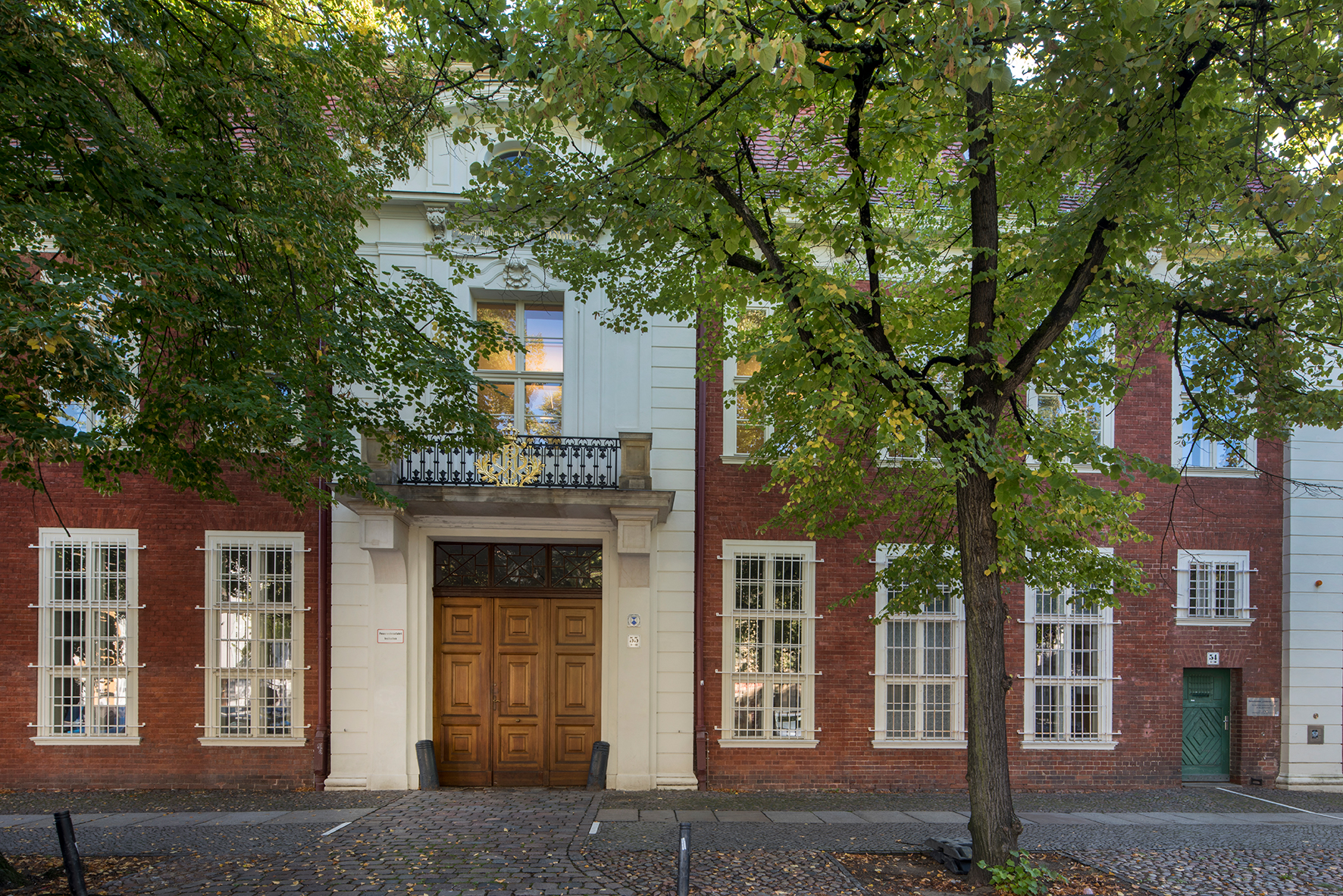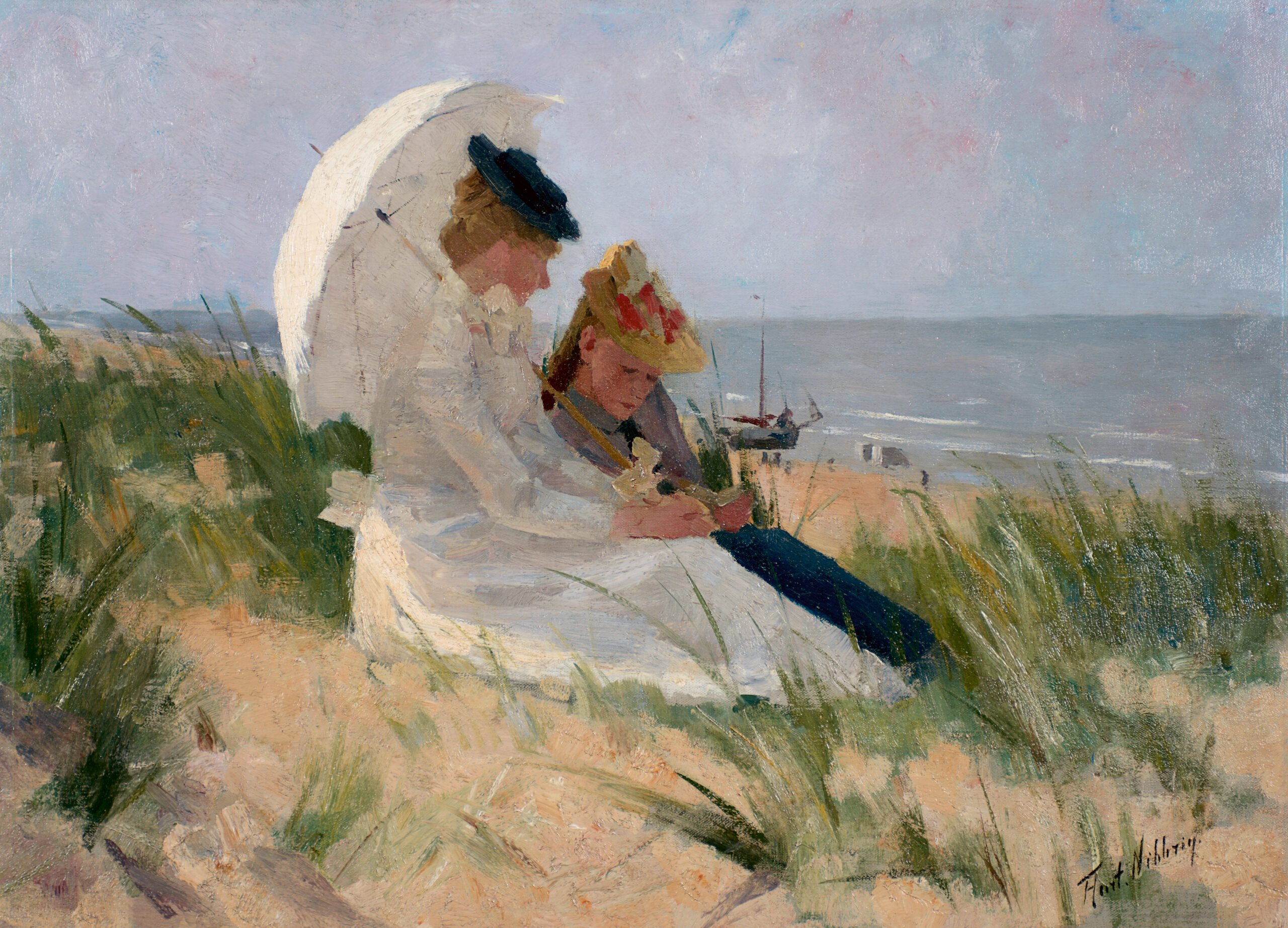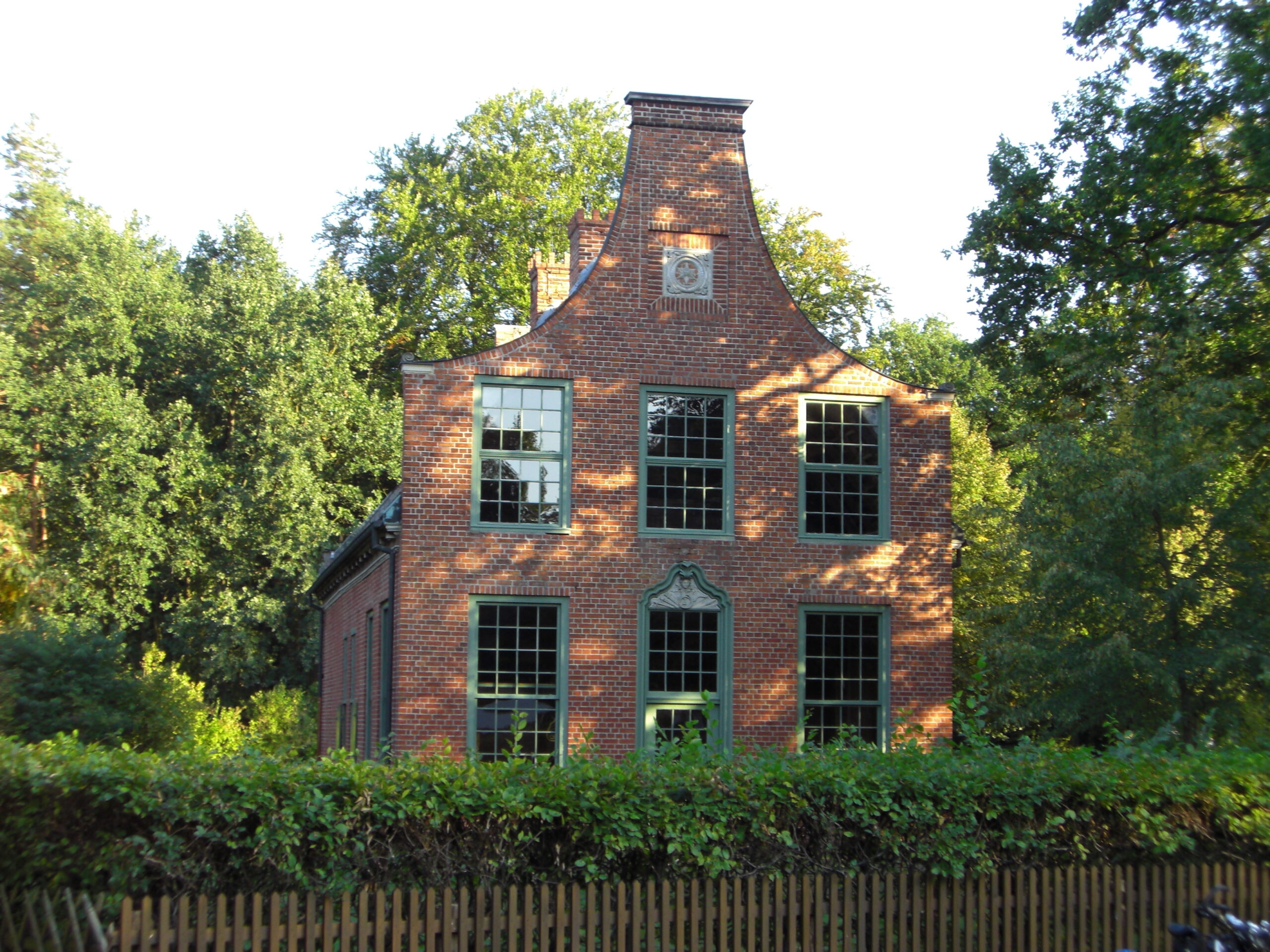
Monet’s paintings from Zaandam
Claude Monet, one of the most important artists of French Impressionism, traveled to the Netherlands for the first time in 1871. He was thirty years old and was on his way back to France from London, where he had stayed during the Franco-Prussian War in order to avoid conscription into the French army. Many impressions from that trip influenced his later work. In London, he found artistic inspiration in the mist and fog that enveloped the city; in Zaandam in Holland, he was fascinated by the clear air with its wind and clouds.

Two paintings by Monet in the Hasso Plattner Collection show the port basin of Zaandam. The city is located not far from Amsterdam, directly on the North Sea Canal. On the opposite side of the waterway are the large complexes of the west port of Amsterdam. Monet, who had grown up in Le Havre with its large overseas harbor, here shows us the small, placid anchorage of Zaandam.
The two paintings are composed in a similar way. Above the gently rippling water in the lower area of the picture is a middle zone, with sailboats at anchor and houses along the quay. To the left, the harbor basin extends almost to the bottom edge of the picture. The upper half of the composition is filled with a cloudy sky, with the long, thin pennants of the ships’ masts fluttering in the wind. The two works seem to depict an almost identical location, though not at the same time of day. While the painting Boats at Zaandam shows the scene at midday, in The Port of Zaandam it is bathed in the warm light of the setting sun.
Here we can already clearly see Monet’s interest in capturing varying impressions of light. In these works, he analyzed the effect of sunlight on the atmosphere of a landscape at different times of day. In so doing, he laid the foundation for a completely new perception of nature, one that would shape not only his own work, but that of an entire generation of Impressionist painters.

The two works are part of the Hasso Plattner Collection, on permanent display in the Museum Barberini since the year 2020. The collection includes paintings not only by Claude Monet, but also by other major Impressionists such as Pierre-Auguste Renoir, Gustave Caillebotte, Berthe Morisot, and Paul Signac. Over a hundred works by twenty artists offer an overview of the history of French Impressionism from its beginnings in the nineteenth century to its development by the Pointillists and the Fauves in classical modernism. With thirty-eight paintings by Claude Monet, the Museum Barberini houses the largest collection of his works in Europe outside of Paris, making Potsdam one of the most important exhibition sites for Impressionist landscape painting worldwide.
– Dorothee Entrup, Museum Barberini




